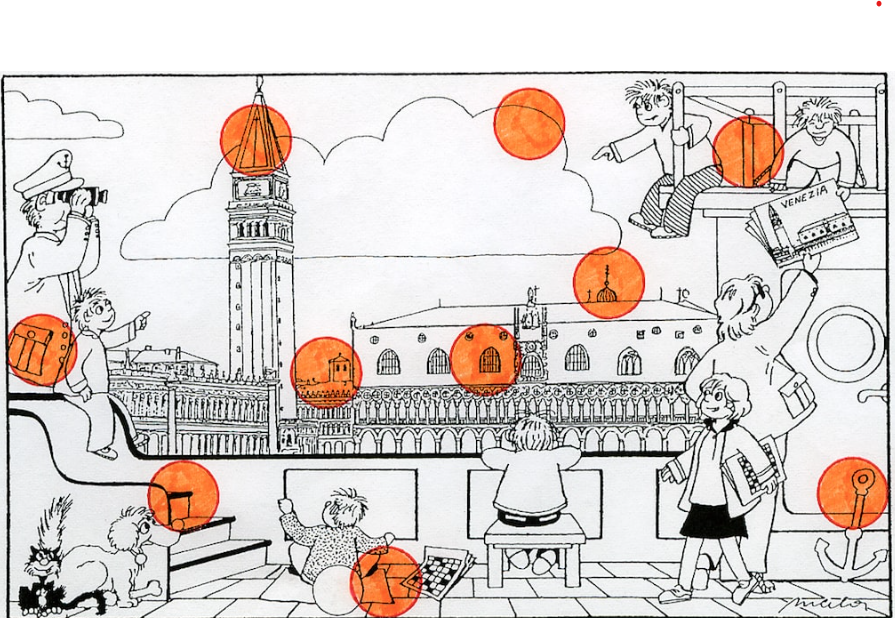An optical illusion is a visual phenomenon where the perception of an image differs from the actual physical properties of that image. In other words, what you see doesn’t match with reality.

These illusions can occur due to various factors such as the way our eyes and brain interpret visual information, the use of colors, patterns, and shapes, or the arrangement of elements in an image.
Some common types of optical illusions include:
1. **Ambiguous Illusions:** These are images that can be interpreted in more than one way. For example, the famous “Necker Cube” can be seen as a cube facing upward or downward.

2. **Geometrical Illusions:** These illusions involve geometric shapes that appear distorted or misaligned, such as the “Penrose Triangle” which looks like an impossible object.
5. **Depth Illusions:** These illusions play with depth perception, making objects appear closer, farther, larger, or smaller than they actually are. The “Ames Room” is a classic example where people of different sizes appear to be the same height due to the room’s distorted dimensions.

Optical illusions are not only fascinating but also provide insights into how our visual system works and how our brains interpret the world around us.
















